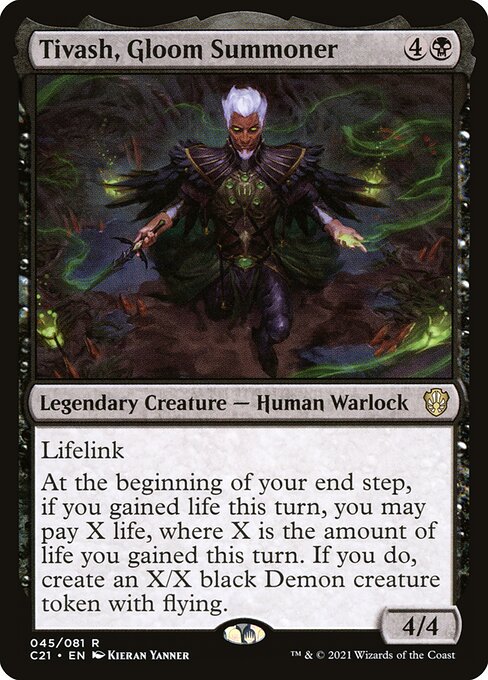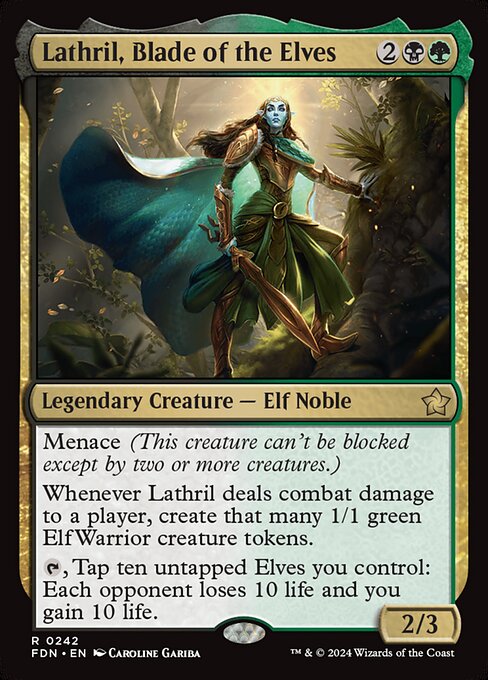Deck & Commander Strategies
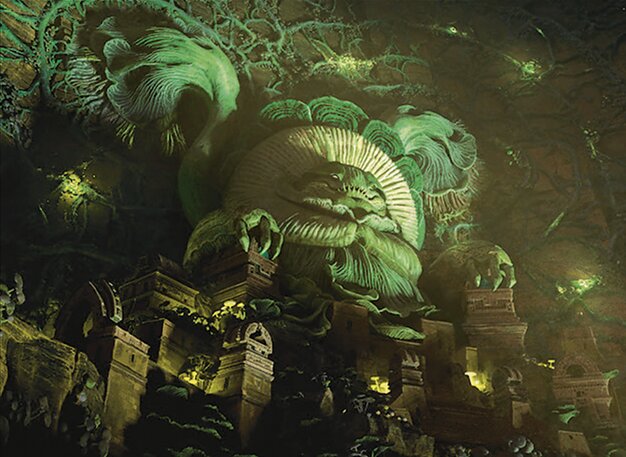
The Mycotyrant
Generate a swarm of small creatures and tokens, leveraging dredge and artifact synergies to overwhelm opponents and drain their life.

Tivash, Gloom Summoner
Gain life repeatedly to create large demon creatures, then use those demons to swing in for heavy damage and outpace opponents.

Lathril, Blade of the Elves
Use token generation combined with an Aristocrats theme to sacrifice tokens for incremental life gain, card draw, and ping damage.
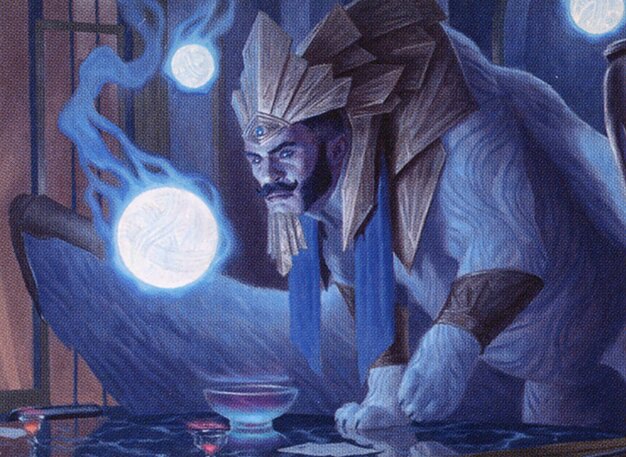
Tivit, Seller of Secrets
Build an artifact-centric board, generating multiple artifacts to increase power and use artifact synergies to control the board and deal damage.
Gameplay Insights
- 1
Using Mox Lantern and Soul Ring together enabled rapid mana acceleration, allowing for explosive early plays.
- 2
The synergy between artifact creatures dying and life-drain effects created incremental pressure on opponents.
- 3
Choosing to gain life or deal damage with Dread Presence provided flexibility in both defense and offense.
- 4
The Aristocrats approach with Lathril encouraged token generation paired with sacrifice outlets for card draw and life gain, differentiating it from typical elfball decks.
- 5
Avoiding infinite combos led to a more interaction-heavy and strategic game focusing on incremental advantage and board presence.
Notable Cards
-
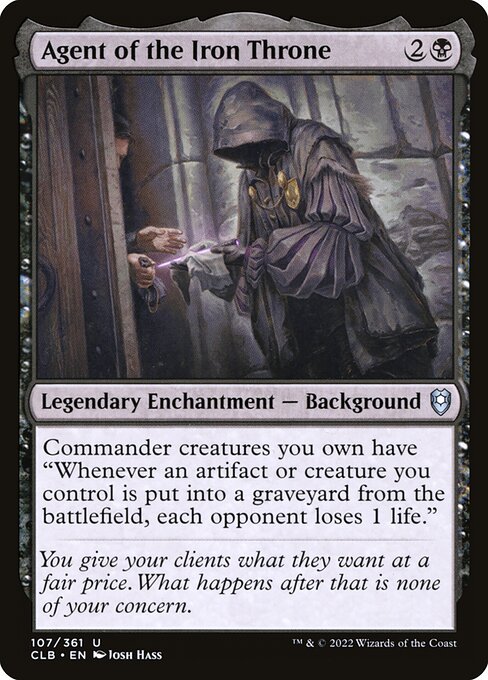
Agent of the Iron Throne
-
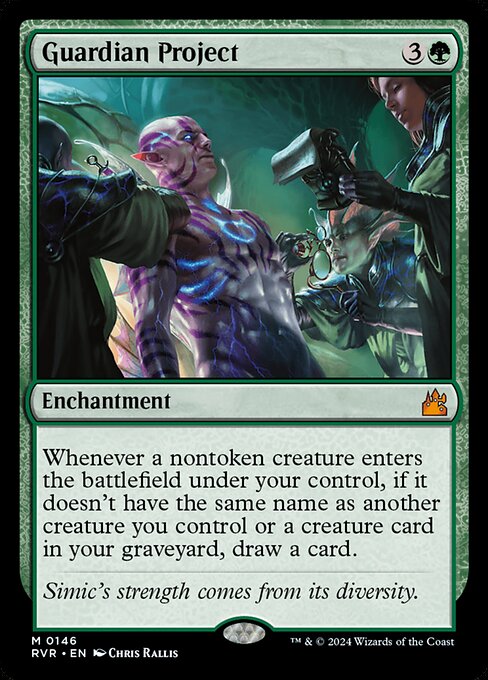
Guardian Project
-
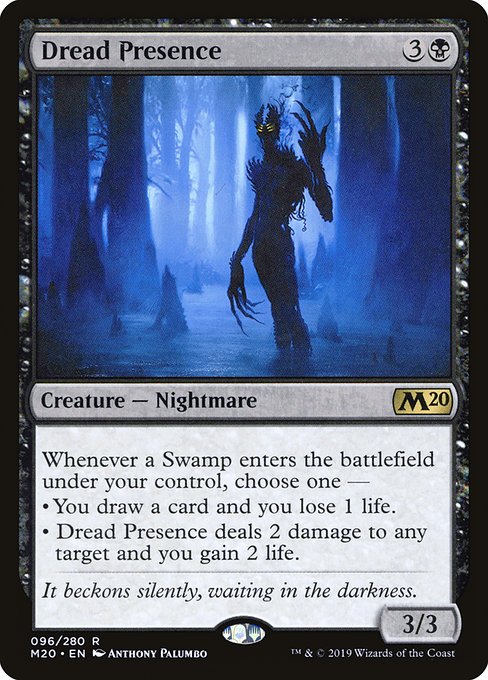
Dread Presence
-
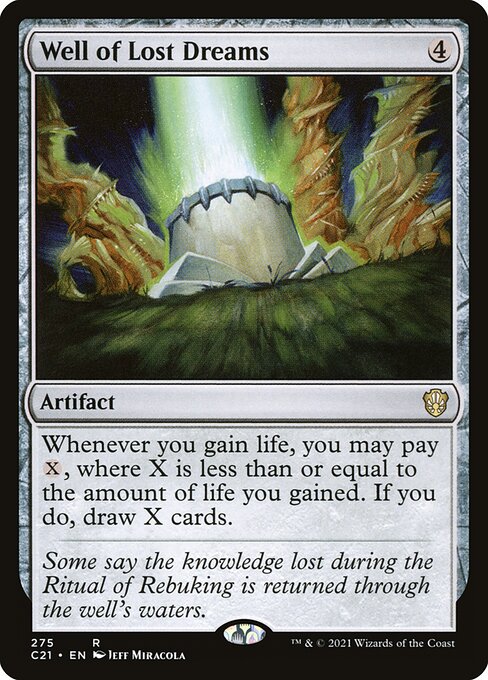
Well of Lost Dreams
-

Path of Ancestry
Gameplay Summary
The game began with aggressive early plays focused on ramp and incremental damage.
The player on The Mycotyrant started by generating tokens and using artifacts to enable multiple small creatures, while Tivit, Seller of Secrets leveraged artifact synergies to build up board presence.
Tivash, Gloom Summoner employed a life-gain strategy to create large demons, swinging aggressively to pressure opponents.
Lathril, Blade of the Elves took a unique Aristocrats approach, generating tokens and using sacrifice synergies to gain incremental advantages in card draw and damage.
Early turns saw a combination of fast mana acceleration with Soul Ring and Mox Lanterns, enabling quick deployment of threats like Agent of the Iron Throne and Thousand Moon Smitty, while Guardian Project helped keep card draw flowing for the token and elf decks. Key turning points included the use of Dread Presence to stabilize life totals and deal targeted damage, and the interaction between artifact creatures dying to drain life from opponents.
The Mycotyrant’s ability to create tokens and the use of Well of Lost Dreams to convert life gain into card draw were pivotal in maintaining pressure.
Despite some early damage from creatures like Gollum Obsessed Stalker, the game pace remained steady with players building board states and preparing for larger swing turns.
The absence of infinite combos kept the gameplay strategic and interaction-based, focusing on utilizing each deck’s synergies and incremental advantages to outlast opponents.
The game’s flow emphasized token generation, artifact synergy, and life manipulation as main drivers toward victory.



